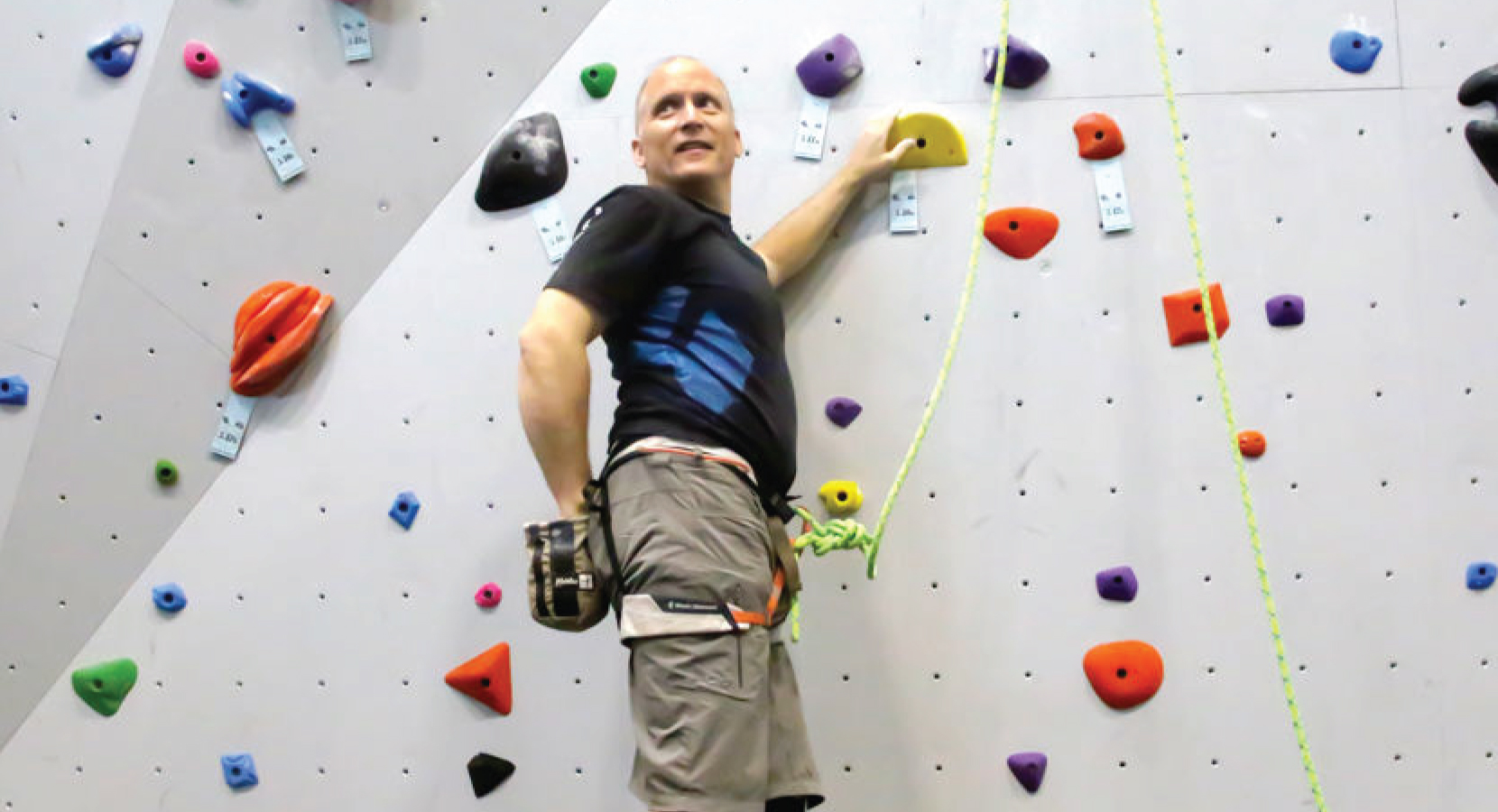Looking Back: The Ewing Procedure

This article was originally featured in Brigham Health Hub.
Two years ago, Jim Ewing fell nearly 50 feet from a cliff while rock climbing. The injuries he sustained left him with severe damage to the bones and nerves in his left leg.
This past July, Jim decided to take part in a first-of-its-kind surgical amputation procedure with Matthew Carty, MD, director of the Lower Extremity Transplant Program at Brigham and Women’s Hospital. In collaboration with the MIT Media Lab, which created a robotic prosthetic, and funding from The Gillian Reny Stepping Strong Center for Trauma Innovation, Jim is set to embark on a new journey that could enable his brain to interact with a specially made prosthetic.
“In its uninjured state, the human body is a dynamic machine, composed of many moving parts that function in balance and enable us to do amazing things, like running and dancing, through the coordinated interaction of our brain and our muscles,” Dr. Carty explained. “Traditional amputations disrupt this dynamic state. As a result, lower limb amputees lose the ability to finely control the muscles in their residual legs and, more importantly, lose the ability to perceive where their limb is in space without looking at it.”
This fundamentally new type of amputation procedure, termed the Ewing Amputation, preserves muscle relationships and normal signaling between the muscles and the brain. The procedure is designed to allow for the use of a next-generation robotic prosthesis that is capable of natural ankle movement and control, and lets amputees position the prosthetic without seeing it.
Learn more about The Gillian Reny Stepping Strong Center for Trauma Innovation.